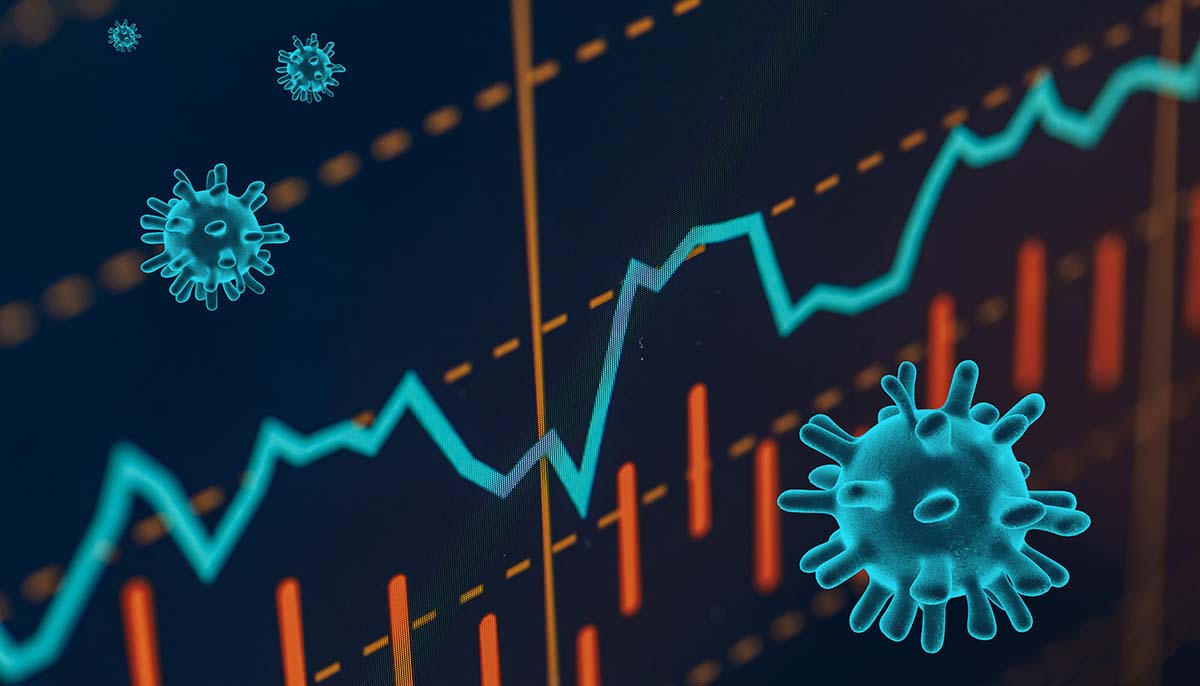Shutterstock
The US now has one million cases of coronavirus, surpassing every other nation by almost 800,000.
At the time of writing, the United States has 1,010,507 positive cases of coronavirus diagnosed, with 56,803 deaths confirmed. The second-highest number of overall cases is in Spain, with a total of 232,128 cases and 23,822 deaths.

Despite how the number of cases continues to rise, some states are lifting their stay-at-home orders. Protestors also continue to push for restrictions to be lifted.
Only a month ago, the specter of a global pandemic seemed like something that only happened in sci-fi films or apocalyptic novels. Now, however, we’re living in the midst of a nightmare.
Nonessential businesses are closed, hundreds of thousands of people are in hospitals, and thousands have died from a mysterious, novel illness. Many patients have been overwhelmed by the costs of their care, worried over things like Humira Medicare cost.
As we entered the second week of April, America braced for what was likely to be a peak for deaths and confirmed cases.
Speaking to “Good Morning America” on ABC, Admiral Brett Giroir, of the White House coronavirus task force, noted this week’s importance. “It’s going to be the peak hospitalization, peak ICU week, and unfortunately, peak death week.”
Note: this article is from early April and has been updated to reflect the number of new coronavirus cases in the United States.
Hospitals are scrambling to respond to the surge in COVID-19 cases. A government survey of hospitals in the hardest-hit areas like New York, Connecticut, and Detroit have shown that many hospitals are woefully under-equipped for a pandemic of this size.
The number of ICU beds is greatly dwarfed by the number of critical COVID cases. This has led many hospitals to make hard choices. These choices involve who gets ICU space, and who is treated with the general patients.
“Hospitals reported that widespread shortages of PPE put staff and patients at risk,” government inspectors reported. “Additionally, hospitals reported frequently waiting seven days or longer for test results.”
This means that patients were drawing many more resources than they could have if testing had been faster.
Thankfully, the reality of the COVID-19 response has been significantly milder than computer modeling originally showed. When medical professionals create statistical models of disease growth, they have to make a number of assumptions.
But it’s a novel virus, so those assumptions are educated guesses at best. What this means is, we’ve been preparing for the worst, but hoping for the best.
Notably, the University of Washington model earlier predicted many thousands of more deaths by now than we have seen. As new data is added, it looks like April 15 or 16 will be the peak for US COVID-related deaths.
This means that, as far as current data shows, the social distancing measures may have done more to slow the virus than originally anticipated. As such, many thousands of lives may have been saved.
Officials may lift social distancing restrictions in the US sooner than originally thought.